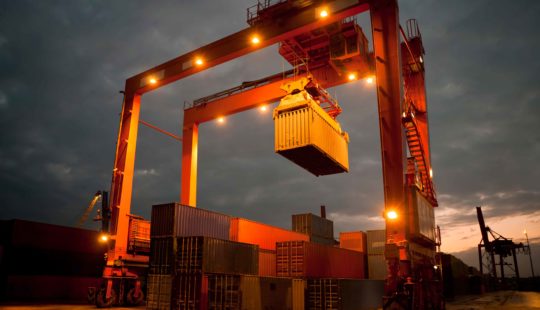We all thought that the Indian economy would return to normal as soon as businesses reopened and became productive again. But unfortunately, material shortages, rising prices, surging interest rates, and limited vendor capacity are hampering that recovery. For midsize companies still running largely manual procurement operations, these factors are making the purchase of goods and services necessary to fulfill demand and drive growth more challenging every day. Moving into the future, enterprises must leverage digital procurement in order to become globally competitive.
According to a study by the Indian Institute of Materials Management, nearly 70% of organizations face procurement challenges due to inadequate adoption of new processes and technologies. In return, they lack the standardized processes, transparency, and data accuracy needed to optimize indirect and direct purchases effectively, address budget issues early, comply with regulations confidently, and manage the supplier network effectively.
Hesitation in procurement digitalization is a complicated issue for most Indian organizations. Although a constant supply of quality raw materials and services is needed, businesses are skeptical of the benefits of modern technologies and processes as outlined in the following four myths.
Myth #1: The impact of digital procurement is superficial
In its most simplistic form, digital procurement automates repeatable purchasing tasks boosting efficiency and reducing costs. But the application of intelligent technologies ‒ such as artificial intelligence, cloud, and machine learning ‒ infuses day-to-day operations and decision-making with real-time insights, predictive analytics, and new levels of collaboration. These capabilities empower businesses to tackle challenges, such as overcharges, duplicate payments, compliance assurance, operational cost reduction, risk mitigation, and supplier performance.
As procurement organizations rely on technology to extract maximum savings and value from suppliers and organizational spending, the rest of the business benefits. Indian Institute of Materials Management reports that 67% of organizations witness moderate improvements in supplier performance management while 50% have achieved significant progress in risk management.
Myth #2: Reducing costs is the goal, not efficiency
Creating a supportive supplier network is more than negotiating the lowest price possible for a specific component with a vendor or two. It’s also about weighing the vendor’s ability to deliver orders in full and on time and in ways that are environmentally compliant and follow ethical labor practices.
Take, for example, a supply chain that uses two vendors to provide a particular part – one of which shuts down due to government noncompliance. As a result, the company has 50% less supply available to meet demand. Backorders increase, customer trust erodes, and the remaining supplier is pressured to make up the backlog.
Procurement organizations can avoid this disastrous cascade of risk when using a cloud-based business network. They can alter their internal processes, accelerate quote approval, and seek out alternative vendors at a moment’s notice. And in a world where extreme weather, geopolitical events, and economic dynamics can shift the entire landscape, such procurement flexibility can help businesses navigate change and mitigate risk.
Myth #3: Digitalization doesn’t improve sustainability
Sustainability is not just an operations and facilities management issue; it’s also a procurement urgency. In fact, most respondents to the Indian Institute of Materials Management’s surveys ranked sustainability agendas as a high priority over the next two years, along with business agility and cost reduction.
As Indian industries participate more in global supply chains, midsize companies must respond to business-to-business demand for transparent evidence of their sustainability performance. This includes refusal of bribery and corruption; environmental stewardship; confidentiality of intellectual property; ethical labor relations; and compliance with international, national, state, and local laws.
A cloud platform allows businesses to share their sustainability performance improvements and outcomes with customers and supply peers. Doing so enables the customer and the supplier network to exchange best practices, identify gaps, and pinpoint opportunities to add more value and tighten the relationship.
Myth #4: Great supplier relationships provide great visibility
For generations, midsize companies have valued their suppliers and vendor relationships. But when expanding their reach in global markets, those one-on-one interactions do not provide the network-wide visibility to identify emerging opportunities and risks. This ability is especially critical as government regulations, geopolitical crises, climate change, and market volatility impact operations at a moment’s notice.
Through digitalization, every touch point of the supply chain ‒ from product design and production to operations and service ‒ is linked to back-office data and activities, such as HR and finance. Processes and workflows then become flexible enough to shift business strategies quickly, keep up with demand, and navigate market dynamics. Best of all, operational continuity is left uninterrupted, even as the business grows.
Turning Procurement into a growth enabler
Although digitalizing procurement cannot transform the entire business alone, it can become the driving force that midsize companies need to get started. Procurement organizations can visibly demonstrate how artificial intelligence, business networks, cloud computing, machine learning, and other intelligent technologies reverse productivity slumps and set operational standards that meet the needs of a global marketplace.
Dig deeper into procurement challenges and the pace of digital transformation in midsize businesses across India. Read the Indian Institute of Materials Management report, “Digital Transformation of Procurement.”

Source: Originally published by Forbes



